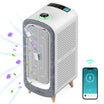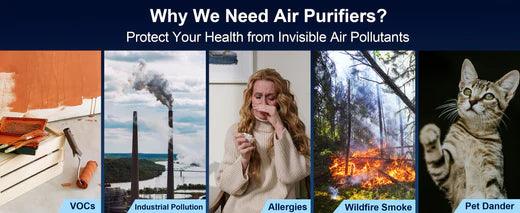Introduction

Allergies are a growing concern worldwide, affecting millions of people across all age groups. This article explores the global and North American landscape of allergies, presenting key statistics and trends to understand their prevalence and impact.
Global Prevalence and Trends
Widespread Issue: According to the World Health Organization (WHO), approximately 30% of the global population suffers from at least one allergy.
Age Groups Impacted: While allergies affect individuals of all ages, they are particularly common among children and young adults.
Geographical Variations: The types and prevalence of allergies differ across regions, likely due to factors like environment, lifestyle, and genetics. Notably, developed countries and urban areas tend to have higher allergy rates.
Allergy Prevalence in the United States
High Prevalence: Over 50% of the U.S. population has one or more allergies, according to the American Academy of Allergy, Asthma & Immunology (AAAAI).
Common Types: Allergic rhinitis (hay fever) is the most prevalent, affecting roughly 30% of adults and 40% of children. Allergic asthma also holds a significant presence, impacting 8% of adults and 10% of children.
Food Allergies: Food allergies are a growing concern, affecting an estimated 8% of children in the U.S.
Allergy Prevalence in Canada
Significant Impact: Over 20% of Canadians are affected by allergies like allergic rhinitis, asthma, and food allergies.
Similar Trends: Similar to the U.S., allergic rhinitis is the most common allergy, affecting approximately 12% of adults and 25% of children. Additionally, 8% of adults and 12% of children have allergic asthma.
Food Allergies in Children: An estimated 7-8% of Canadian children are affected by food allergies.
Conclusion
The global prevalence of allergies continues to rise, with the United States and Canada also facing a significant burden. Understanding these statistics is crucial for developing effective prevention and management strategies, providing relevant support, and educating individuals about allergies. It is important to remember that allergy types and incidence can vary based on factors like region, population demographics, and environmental conditions.











Leave a comment
All comments are moderated before being published.
This site is protected by hCaptcha and the hCaptcha Privacy Policy and Terms of Service apply.